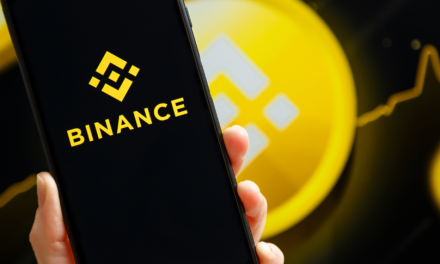Kanis Saengchote, a groundbreaking researcher at Thailand’s renowned Chulalongkorn University, has meticulously crafted a framework for pinpointing and gauging systemic risk within the intricate web of decentralized finance (DeFi) institutions.
This innovative protocol, christened as the Global Systematically Important Protocol (G-SIP), derives its genesis from an analogous effort previously conceived within the conventional banking sphere.
Recalling the tumultuous aftermath of the 2008 global banking crisis, the traditional financial sector joined forces to devise a robust mechanism. Their goal? To identify the linchpins of the banking structures, to meticulously design strategies that would act as bulwarks against the tremors of future financial collapses.
Thus was born a sophisticated system to pinpoint and gauge “global systemically important banks” (G-SIBs), granting the Bank for International Settlements the capability to unearth frailties and promulgate standards for enhanced fortification against fiscal shocks.
Saengchote’s scholarly research paper illuminates the path to transpose similar standards to what is intriguingly termed as “blockchain banks” – essentially, the DeFi protocols operating within the dynamic realm of blockchain technology.
According to this pivotal research:
“The act of discerning systemic risk, and the orchestration of contingencies to tackle unforeseen fiscal exigencies is paramount, given the self-amplifying cadence of financial interplays and the exigent nature of fire sale-triggered deleveraging.”
Within the algorithm-driven universe of DeFi, deleveraging may unfold at an alarming pace, as starkly revealed in the Terra collapse. Saengchote warns of a potentially cataclysmic loop, a “death spiral” that can plunge protocols into chaos.
The aftermath? A fire sale – a frantic phase where asset holders, dispersed across multifarious institutions, jettison holdings at sub-market values, potentially triggering a cascading liquidity crisis across the interlinked ecosystem.
The G-SIP’s finesse lies in its ability to unravel how diverse DeFi protocols intermingle, pinpointing those pivotal nodes within the network that wield disproportionate sway. Saengchote’s relentless pursuit led her to dissect four distinct protocols that collectively represent a staggering 88% of Ethereum’s “blockchain banks” (Aave, Compound, Liquity, and MakerDAO).
The analytical spotlight reveals MakerDAO, with its complexity and interwoven structure, scaling the highest echelons of the G-SIP categories, recording a score of 37 on the G-SIP rating gamut. Trailing behind are Aave (31.56), Compound (28), and Liquity (4.57).
Saengchote insightfully observes, “Despite its diminutive stature, Liquity’s score is the nadir among all categories. Yet, as of July 2023, it stands tall as the 14th largest protocol in Ethereum.”
In decoding this context, it crystallizes that MakerDAO, with its labyrinthine configuration, presents a potentially elevated risk landscape compared to its counterparts, necessitating augmented capital reserves as a prudent buffer against those intrinsic risks.





